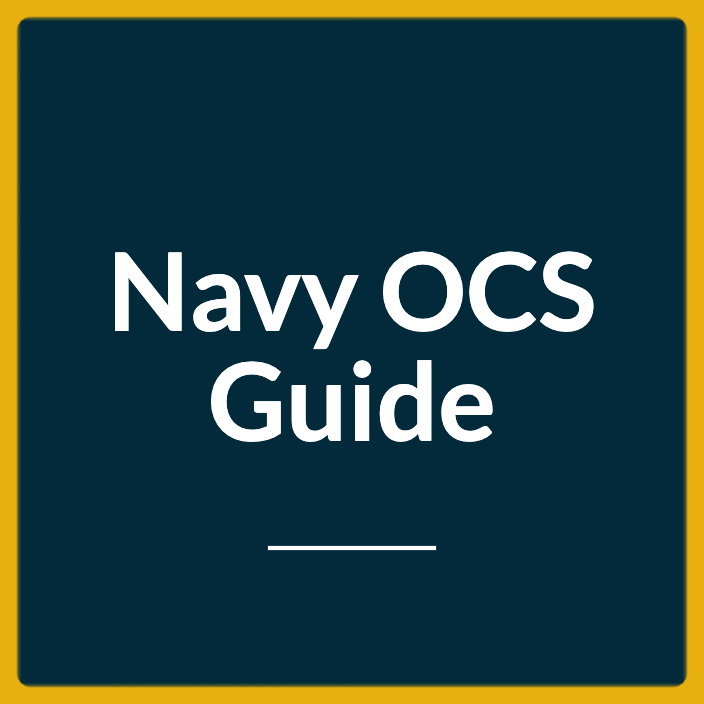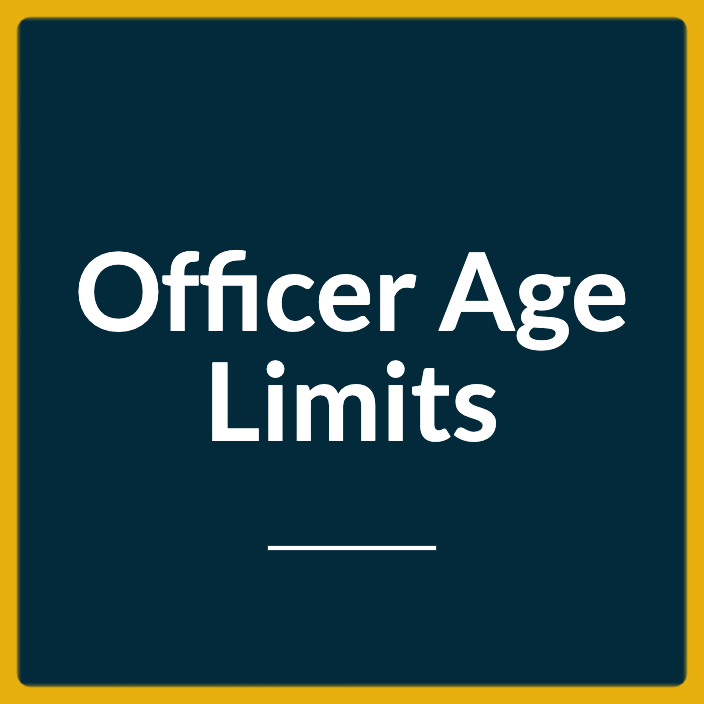Last Updated on August 31, 2023
You probably saw the movies and thought, “Is Top Gun real?”
It can’t be.
I mean, how can you be more Hollywood than Tom Cruise, right?
The short answer might surprise you.
Yes. Top Gun is an actual school in the United States Navy. We know it throughout the U.S. Navy fleet as the Naval Fighter Weapons School.
In this article, you’ll learn about the real Top Gun and not just what was depicted in the movies.
Origin of TOPGUN
Top Gun, released over three decades ago, not only made everyone feel the “need for speed,” but it also exposed the world to the Navy’s top aviation weapons school.
TOPGUN’s fame precedes it today, but its beginnings were far more modest. The school, which began in a trailer in the parking lot of what was then Naval Air Station Miramar, California, became vital to properly educate Navy fighter pilots during the Vietnam War.
Despite having a technical advantage, the Navy suffered unacceptable combat casualties in Vietnam. In response, the military launched an inquiry and assigned Navy Capt. Frank Ault to oversee it.
The subsequent analysis, known as the Ault Report, identified several performance shortcomings and their core causes, including the necessity for an advanced fighter tactics school.
Therefore, in 1969, the Navy Fighter Weapons School was founded in Miramar.
The school’s aim was — and still is — to educate aircrew in all facets of aerial warfare so that they could perform with the highest professionalism.
In the beginning, students were taught for four weeks in F-4 Phantom II aircraft to improve their one-on-one aerial combat, popularly known as dogfighting.
The school brought in specialists to teach pilots and naval flight officers how to use modern advances in the cockpit and attack enemy targets appropriately.
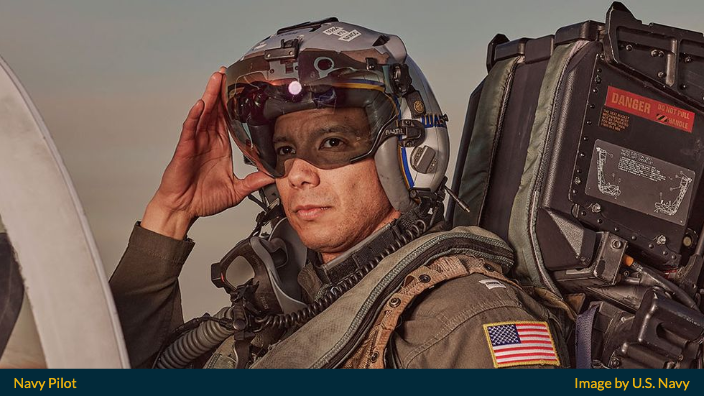
A year after the school started, in 1970, Navy combat aircraft losses decreased considerably while enemy casualties surged dramatically.
TOPGUN trains graduate fighter pilots, enemy instructors, and air-intercept controllers. Most pupils who pass the class move on to the fleet’s weapons schools.
Some are asked back to become exceptional professors, continuing the school’s heritage of excellence.
All graduates wear the famed TOPGUN patch, a worldwide emblem of aviation supremacy. Every flying suit has one on the shoulder.
TOPGUN was one of the Defense Department’s earliest centers of excellence. Its lengthy history of generating results has made it a model for other military units, including those inside the Navy.
The school was transferred to Naval Air Station Fallon, Nevada, in 1996, and was merged into the newly formed Naval Strike and Air Warfare Center.
TOPGUN, as well as the Carrier Airborne Early Warning Weapons School and the Navy Rotary Wing Weapons School, are now part of the Naval Aviation Warfighting Development Center.
Evolution of TOPGUN
Since the 1986 film “Top Gun,” which exposed the world to the Navy’s elite fighter weapons school, technology has advanced dramatically.
The original TOPGUN, officially known as the Strike Fighter Tactics Instructor Course, was formed in 1969 to better train pilots for battle. It has subsequently been altered to match the demands of the times, but it was always designed to manage changes via its teachers.
Unlike the film, which focuses mostly on the students, the mystery of TOPGUN isn’t so much about the students as it is about the instructors, who likewise train constantly, study hard, and radiate professionalism for the Navy to maintain its advantage.
TOPGUN was created by Navy fighter pilots flying F-4 Phantom IIs and F-8 Crusaders. This was the epitome of air combat proficiency.
When the film “Top Gun” was released in the 1980s, the F-14 Tomcat was the preeminent fighter. This was the dominant fighter aircraft.
The F/A-18 Hornet and F/A-18 Super Hornet now have that distinction, with the F-35 Lightning II now included.
As the technology in newer planes became more complex, so did the expertise necessary to comprehend it.
As a result, in the late 2000s, the sessions were stretched from nine to thirteen weeks.
And it’s not only the pupils who are studying; the professors are as well. To keep up with changing material, each educator is assigned to become an expert in one specialized field.
Staff members are given a specified subject matter — they do not get to choose it — and what they are given is primarily determined by scheduling.
As one teacher prepares to leave TOPGUN, a new member will take over that subject-matter expertise.
The new staff will study and consult with specialists to understand every aspect of their field.
That takes us to another part of what TOPGUN instructors do: they educate and advise the rest of the Navy and subject matter specialists.
Also Read: Wings of Valor—Key Differences between Navy Pilots and Air Force Pilots
Aircrafts in TOPGUN
F-16
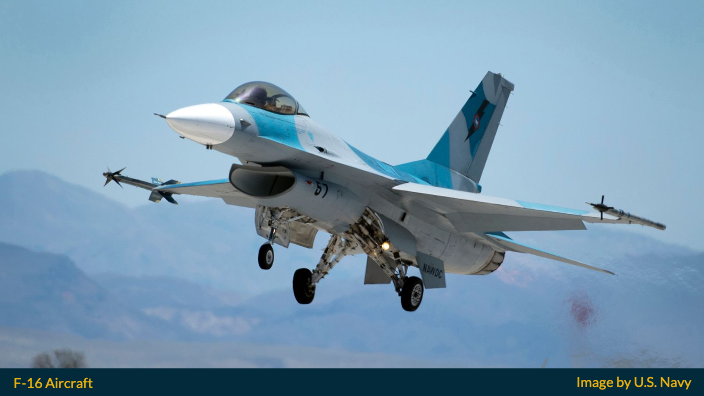
Serves as an aggressor-training aircraft, capable of simulating contemporary threat aircraft in fighter combat mode.
F/A-18
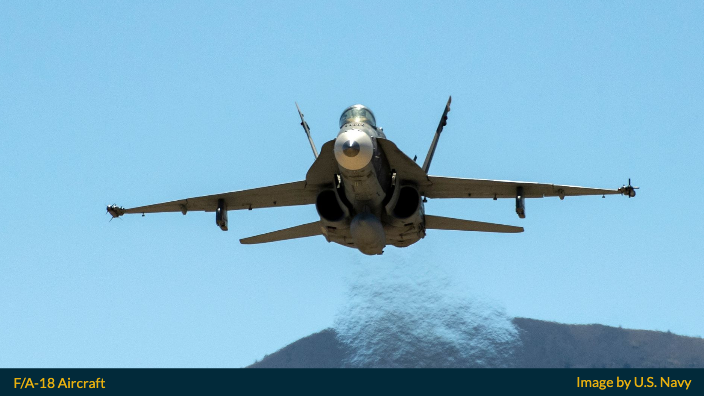
All-weather fighter and attack aircraft built for classic strike applications like interdiction and close-air support while maintaining fighter capabilities.
F-35
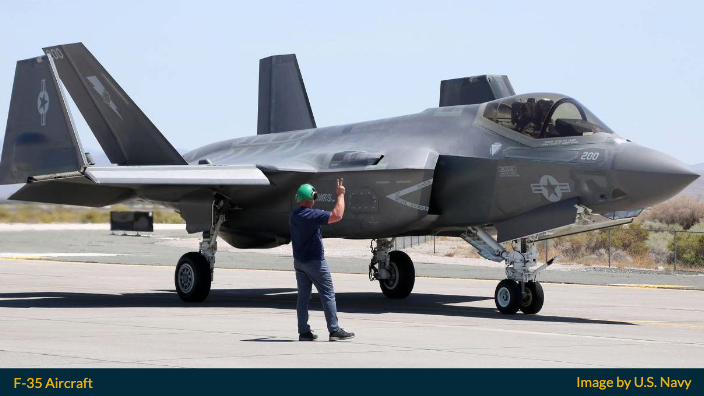
A highly nimble, supersonic aircraft designed with the whole battle space in mind, providing extraordinary situational awareness and unrivaled lethality and survivability.
TOPGUN Mission Sets
Air-to-Air
Air-to-air missiles are used to combat other aircraft in mid-air. For more than a half-century, it has been the guiding concept of TOPGUN—air combat training.
Air-to-Surface
Launching weapons against land-based targets. Throughout the conflicts in Afghanistan and Iraq, the air-to-surface mission gained significance.
Maritime Strike
Using munitions to destroy hostile ships. Currently, maritime strikes are becoming more important, requiring cooperation with other Navy and joint service capabilities.
TOPGUN Student Groups
Strike Fighter Tactics Instructors (SFTIs), Adversaries, and Air Intercept Controllers (AIC) are the three categories of students.
When students graduate from TOPGUN and return to their fleet unit or follow-on tour, they become teachers, passing on what they learned at TOPGUN to others to improve the tactical performance of the entire squadron or ship.
Strike Fighter Tactics Instructor
Prospective SFTIs are fleet FA-18E/F Super Hornet and F-35C Lightning II aircrews who study the newest tactics during a 13-week period.
During training, these students put their newly gained knowledge to the test against Adversary students and TOPGUN instructors.
Adversaries
Most adversary students are F-5 Tiger II pilots. Their school is compressed into nine weeks, and they learn to imitate other nations’ capabilities and tactics to offer realistic training to the fleet.
Air Intercept Controllers
Students assigned as AICs come from the Navy’s E-2 Hawkeye community and the surface fleet.
During training, these students put their newly gained knowledge to the test against Adversary pupils and TOPGUN instructors.
The AIC training teaches students how to operate their sensors and seamlessly integrates them with the SFTIs to give them situational awareness to assist guide their airborne tactical decision-making using simulations.
The AIC course is likewise nine weeks long.
Also Read: Navy OCS Guide for Officer Applicants
Fun Facts About TOPGUN
- Someone who mentions the renowned movie line while attending TOPGUN school will be fined $5, so you’ll never hear anyone remark, “I feel the need… the need for speed.”
- Fewer than 5% of Navy fighter pilots are selected to teach at TOPGUN.
- As you may have observed, the abbreviation TOPGUN does not correspond to the school’s name. TOPGUN does not stand for anything. When the school was established, the tactical section of Fighter Squadron 21 came up with the name. That department dubbed itself TOPGUN, and even made a TOPGUN sign for the parking lot trailer that functioned as the initial schoolhouse, since it was just simpler to pronounce than U.S. Navy Fighter Weapons School. And the moniker stayed.
- TOPGUN was originally in California, but it is no more. The school was established at Naval Air Station Miramar in San Diego and stayed there for many years following the release of the film “Top Gun.” However, during the Base Realignment and Closure Program in 1996, it was moved to Naval Air Station Fallon, Nevada, to be incorporated into the newly formed Naval Strike and Air Warfare Center (now known as the Naval Aviation Warfighting Development Center). The F/A-18 Hornet’s mission expanded, causing greater airspace and air-to-surface range area for training, which the Fallon Range Training Complex supplied.
- In the film “Top Gun,” the graduates were soon sent on a real-world assignment. Though, this is uncommon. Because their purpose is to “teach the trainers,” most TOPGUN graduates move on to weapons schools to offer training and support to the deployable fleet—but they will not deploy again until subsequent deployments.
- Arrogance was prevalent in all the characters in the first “Top Gun” film. But, according to today’s professors, that is far from the case – in fact, it is frowned upon. Every student and teacher are evaluated on three personality traits: credibility, approachability, and humility.
